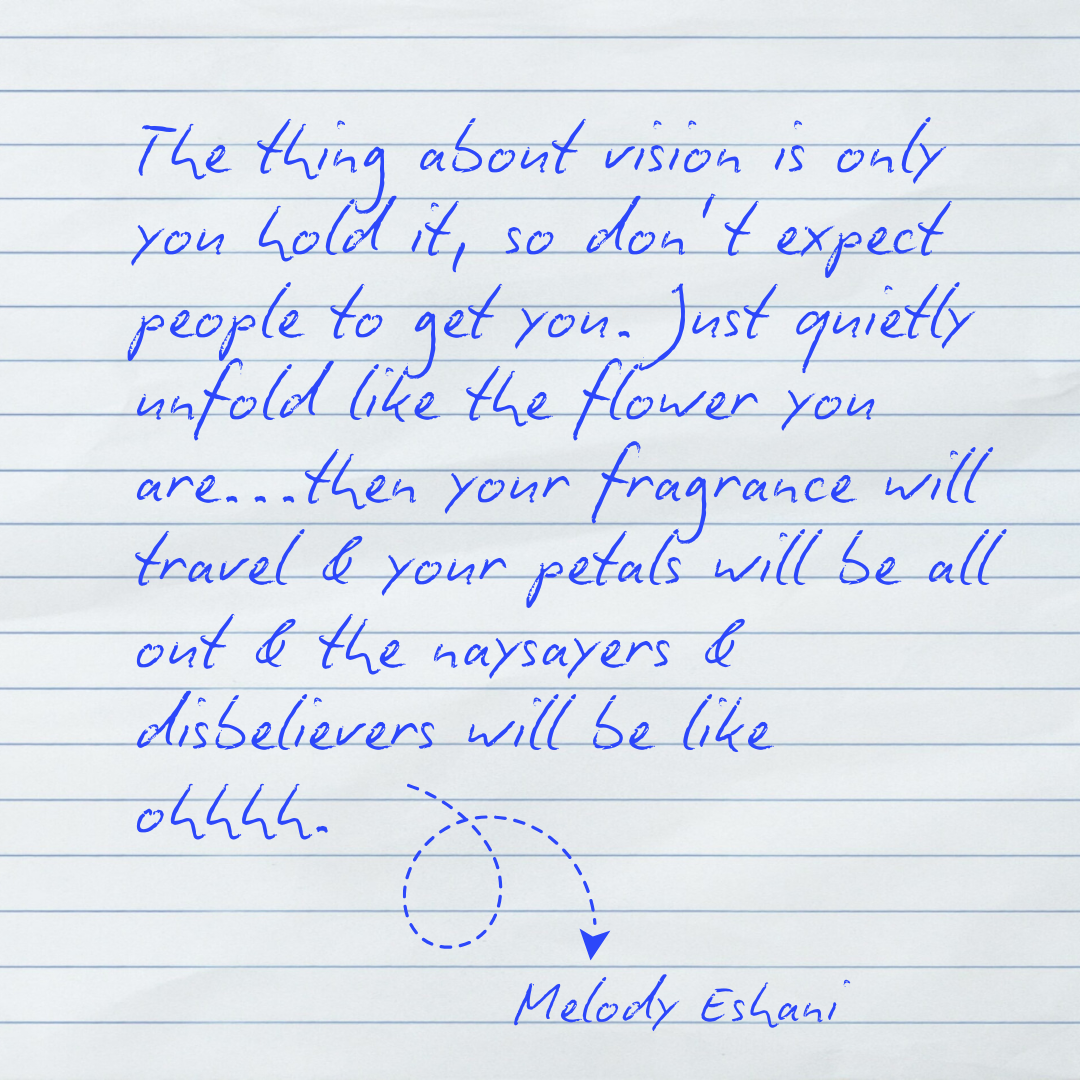Ever felt let down by a company’s bland and empty vision statement? You know, the garden-variety type like, “We aim to be the best!” Or “We strive for excellence.” 🥱
Yeah, don’t be that company.
If your vision statement reads like the pigeon above, you're just flapping around aimlessly until you accidentally hit a window.
Generic platitudes won't set yourself apart from the competition, excite your employees, or attract top talent. You need something real—something that actually means something.
What is a vision statement?
Unlike a mission statement, a vision statement shows what your company dreams of becoming and the dent it plans to make in the universe.
It’s designed to light a fire under your employees, make investors reach for their wallets, and have customers dreaming about your future together. It's tomorrow's promise, not today's process.
While the mission statement is about today's grind—the vision is about tomorrow's glory.

What makes a vision statement exceptional?
Like DNA, vision statements are uniquely yours—whether short or sprawling, poetic or practical. But whatever form it takes, it should capture your company's soul and telegraph your values at a glance, like these:
- LinkedIn: “Create economic opportunity for every member of the global workforce.”
- BBC: “To be the most creative organization in the world.”
- Microsoft: “To help people throughout the world realize their full potential.”
Keep your vision statement under two sentences or about 20 words. Any longer and people forget it—any shorter and it's just a tagline.
By the way, did you notice how each example soars high enough to inspire but stays just close enough to earth to believe?
That's the sweet spot.
How to write your world-class vision statement
Now you've spotted what's dragging your vision statement down, here's how to launch it forward:
Reflect on your company’s purpose
Dare to ask: What mark will your company leave on the world? Think bigger than quarterly goals or market share—envision the legacy you're building and the space you'll own in people's minds.
Dare to ask: What mark will your company leave on the world? Think bigger than quarterly goals or market share—envision the legacy you're building and the space you'll own in people's minds.
Align with your company’s values
Ask yourself: Does this vision actually match who we are and what we value? If not, you're just writing corporate fan fiction.
Ask yourself: Does this vision actually match who we are and what we value? If not, you're just writing corporate fan fiction.
Be forward-looking and inspirational
Sketch a future so vivid people can taste it. Your stakeholders shouldn't just read your vision—they should be unable to unsee it.
Sketch a future so vivid people can taste it. Your stakeholders shouldn't just read your vision—they should be unable to unsee it.
Make it clear and concise
Ruthlessly butcher jargon, buzzwords, and corporate-speak. If your vision statement could belong to any company in your industry, it belongs in the trash.
Ruthlessly butcher jargon, buzzwords, and corporate-speak. If your vision statement could belong to any company in your industry, it belongs in the trash.
Focus on unique differentiators
Spotlight what makes your company unmistakably you. What's the secret sauce only you possess that competitors can't duplicate?
Spotlight what makes your company unmistakably you. What's the secret sauce only you possess that competitors can't duplicate?
Consider longevity and adaptability
Allow your vision to breathe. It should guide you for years but not strangle you when markets shift or opportunities emerge. The best vision statements inspire tomorrow but don't handcuff you to yesterday's predictions.
Allow your vision to breathe. It should guide you for years but not strangle you when markets shift or opportunities emerge. The best vision statements inspire tomorrow but don't handcuff you to yesterday's predictions.
Engage stakeholders
Get your vision statement battle-tested by the people who'll live with it—employees, customers, and partners. If they can't remember it or don't believe it, it's just expensive wall art.
Get your vision statement battle-tested by the people who'll live with it—employees, customers, and partners. If they can't remember it or don't believe it, it's just expensive wall art.
Regularly revisit and revise
Remember, your vision statement isn’t a stagnant declaration. It's a living document that should evolve as your company grows, shifts, and discovers what it's truly capable of becoming.
Remember, your vision statement isn’t a stagnant declaration. It's a living document that should evolve as your company grows, shifts, and discovers what it's truly capable of becoming.
By implementing these principles, you'll craft a vision statement with enough voltage to shock your company out of complacency and into the future you actually want—not just the one you're drifting toward.
Ready to sharpen your brand’s mission? Check out How To Create A Powerful Mission Statement
Ready to sharpen your brand’s mission? Check out How To Create A Powerful Mission Statement
Toronto-based copywriter and brand strategist, Alison Copeland is the founder of Copeland Creative, helping brands sell their stories with strategy, ideas, and action.
